6 Ways to Protect Your Indoor Plants from Pests
Houseplants are having a moment. It started with succulents and branched out from there. During the early days of the pandemic, interest in cultivating indoor gardens blossomed. Plant enthusiasts spent $8.5 billion more on gardening items in 2020 than they did in 2019, according to the U.S. Census Bureau.
Indoor plants do more than just look pretty. They have health benefits for their human counterparts too. Caring for plants can help us feel closer to nature and provide stress relief.
Diligent indoor horticulturists can return the favor. Here are six tips on how to prevent pests on indoor plants, whether you took up a new hobby during quarantine or you were born with a green thumb.
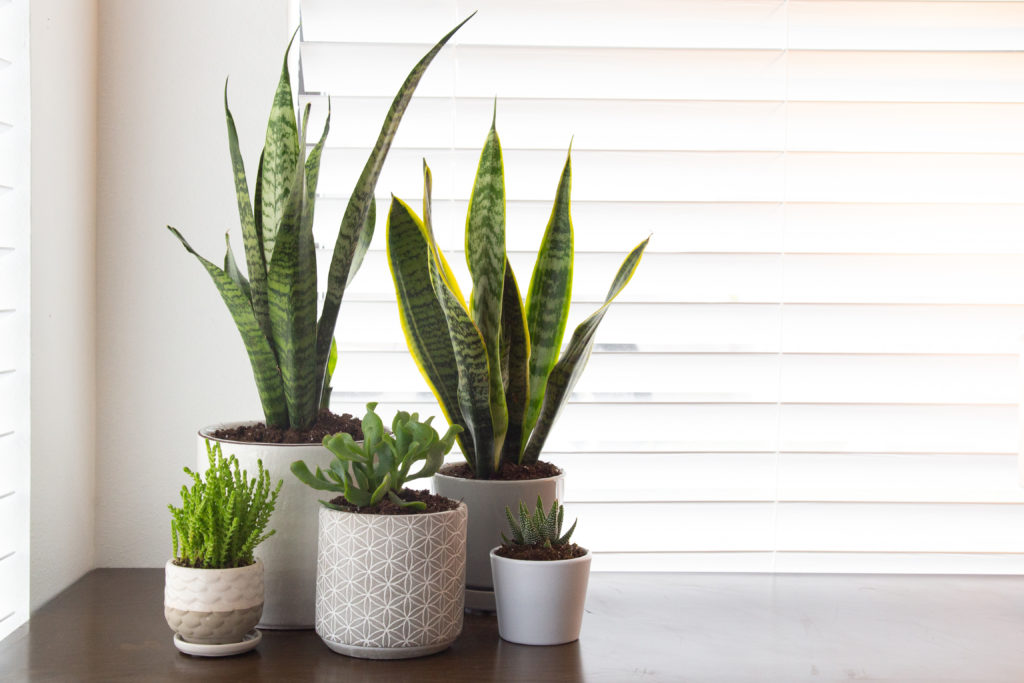
1. Choose Wisely
Don’t let a beautiful plant sway you from practicality. Select indoor plants that want to be there! Snake, spider, and aloe plants are among some of the best for an indoor garden because they are relatively easy to raise.
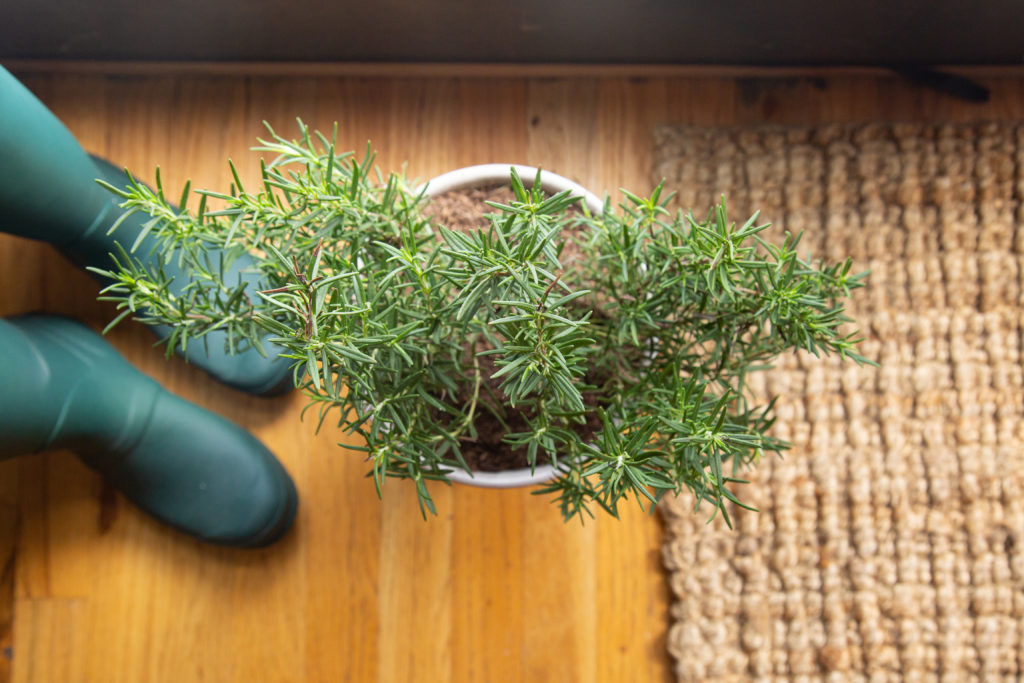
2. Plant Natural Pest Repellants
Add basil, mint, sage, or rosemary to your plant menagerie. While we often use these plants for our culinary endeavors, they also naturally repel flies and mosquitos.
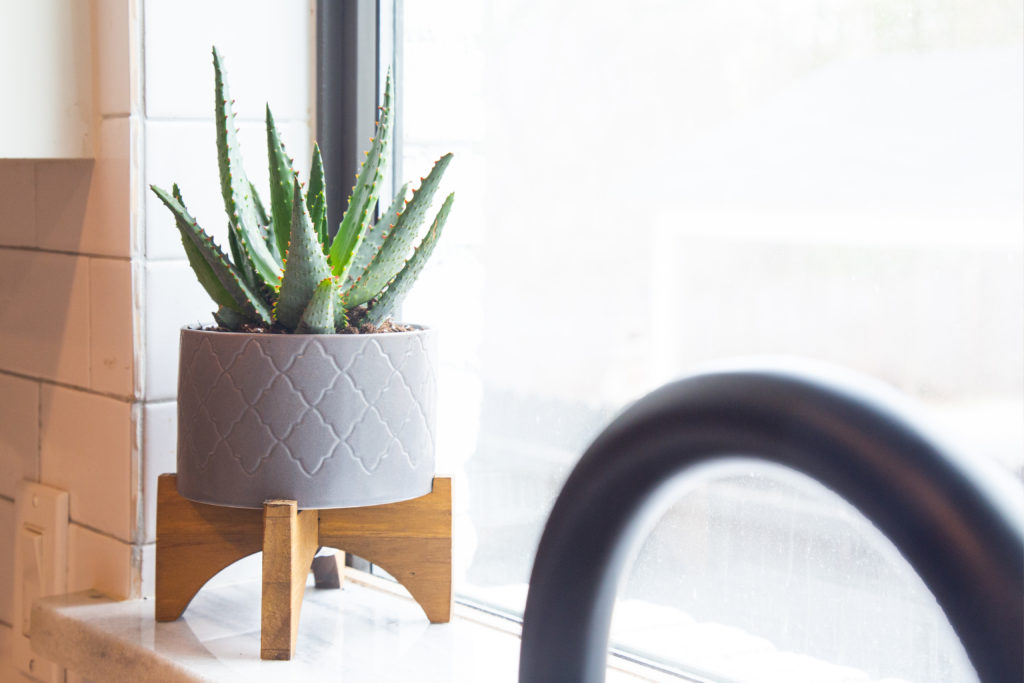
3. Quarantine New Plants
Stop an invasion before it starts! Stay one step ahead of potential pests by sequestering new plants away from your other plants. No matter how perfect your new plant looks, it could have bugs hiding between leaves and in the soil who would love to migrate to the rest of your indoor garden. Check periodically for pests before finally introducing your new plant to its adoptive family.
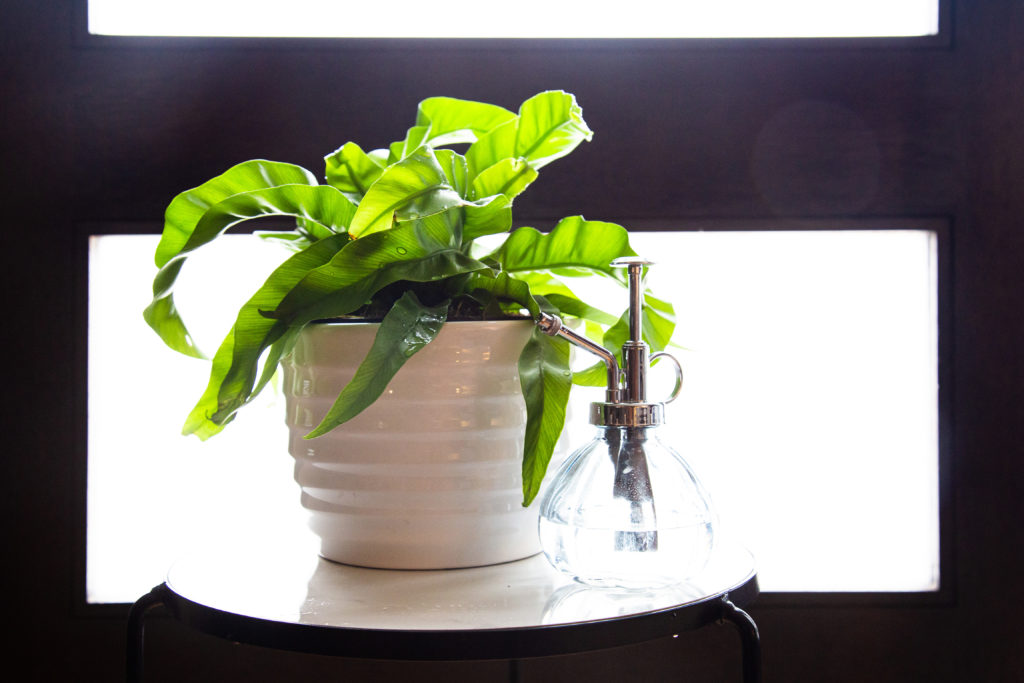
4. Spray Them Down
Deter soft-bodied insects with a DIY insecticidal soap spray. In a glass spray bottle, combine ¼ cup of vegetable oil and 1 tablespoon of fragrance-free liquid dish soap, and fill to the top with warm water. Shake the bottle and lightly spray your plants once a week. (Keep your plants safe by ensuring that the dish soap is free of bleach, degreaser, and dyes.)
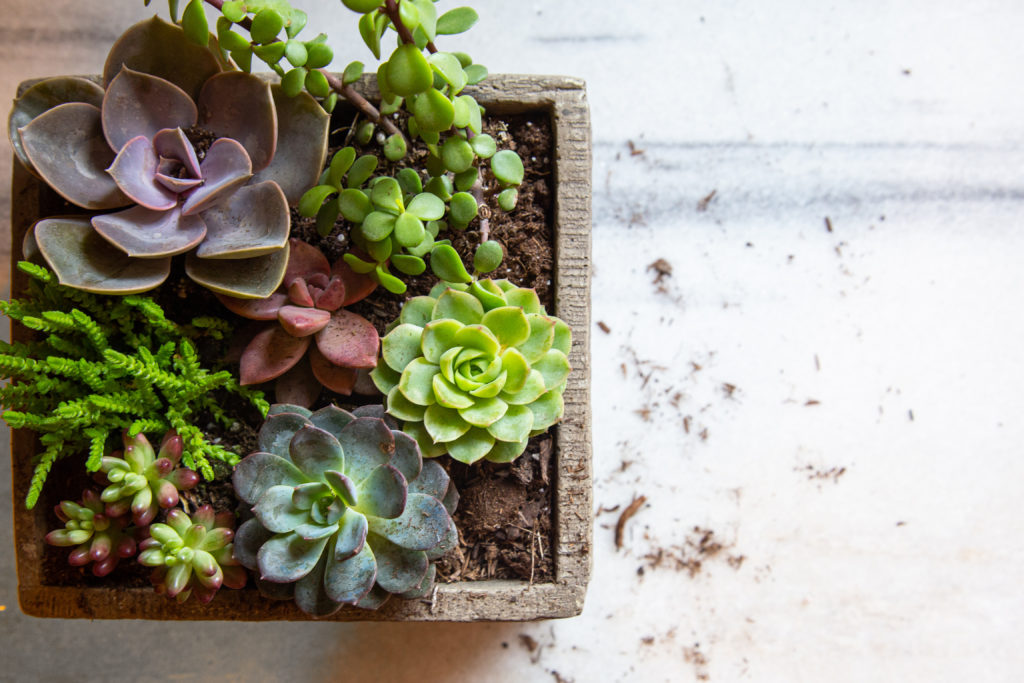
5. Clean Up
Remove fallen leaves from the soil as soon as you see them. Occasionally showering your plants with lukewarm water removes dust and keeps pests away. A clean pot and soil can also help prevent pests from taking over your indoor plants.
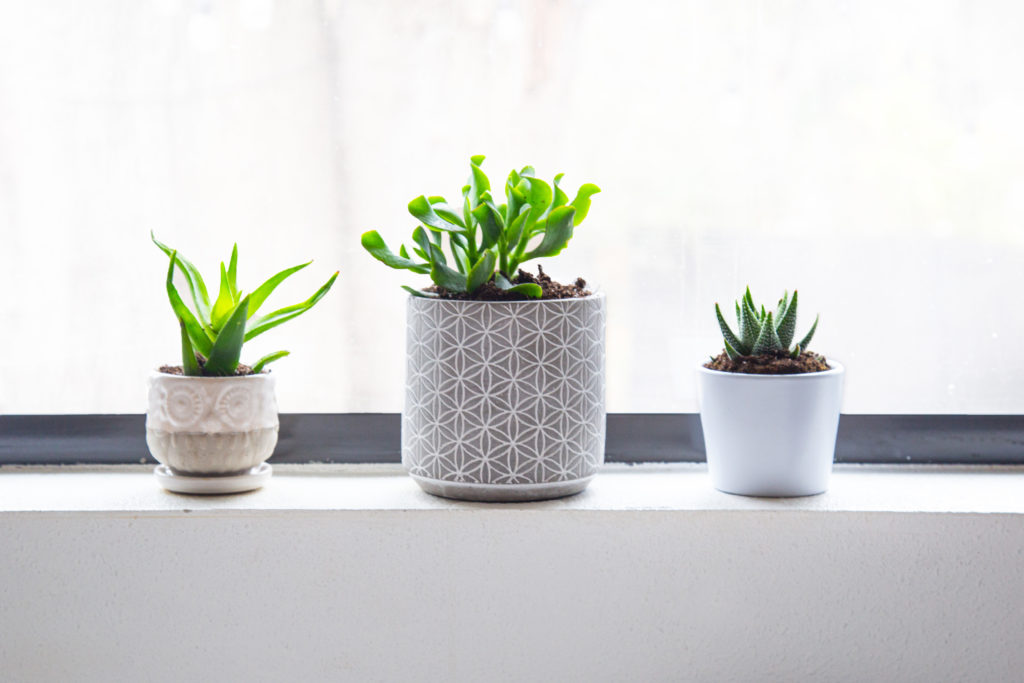
6. Safe and Sealed
Examine your plants’ surrounding area. Take time to seal any cracks you might see around windowpanes and doorways. These small crevices are an ideal entryway for unwanted guests. While you’re at it, take this quiz to see if there are other areas of your house that might need repairs or light maintenance.
If you’re looking to branch out in your indoor gardening endeavors, learn how to start a mushroom garden.
© 2022 Texas Farm Bureau Insurance



